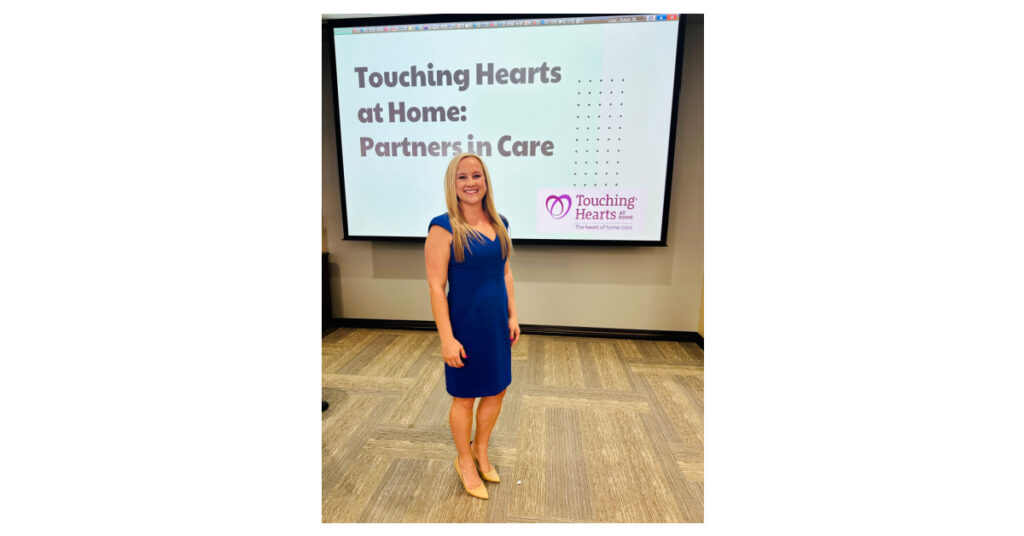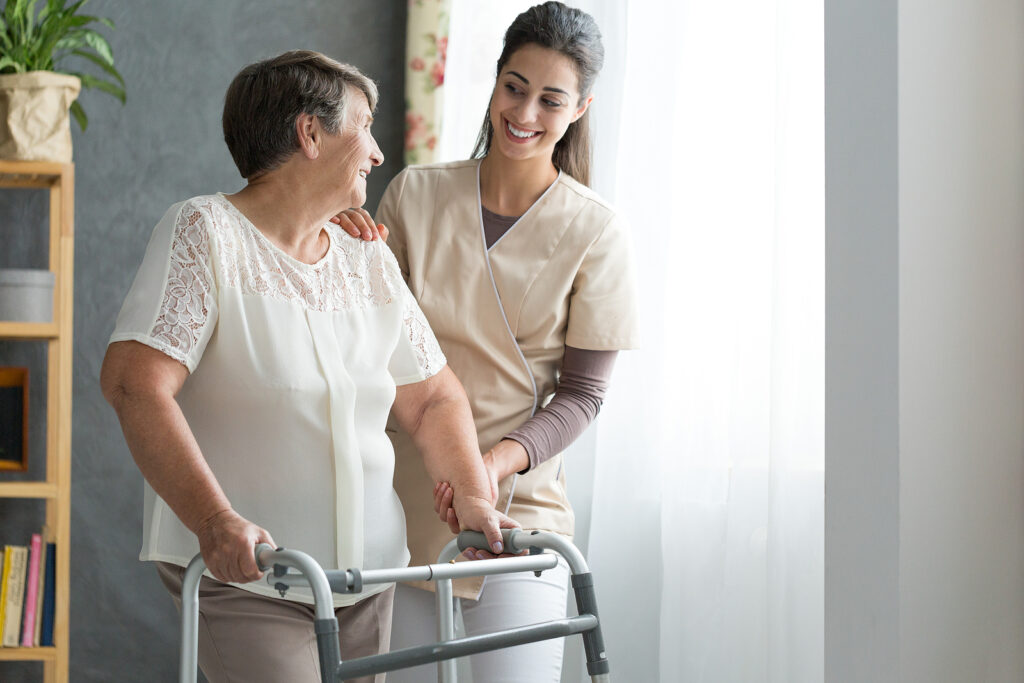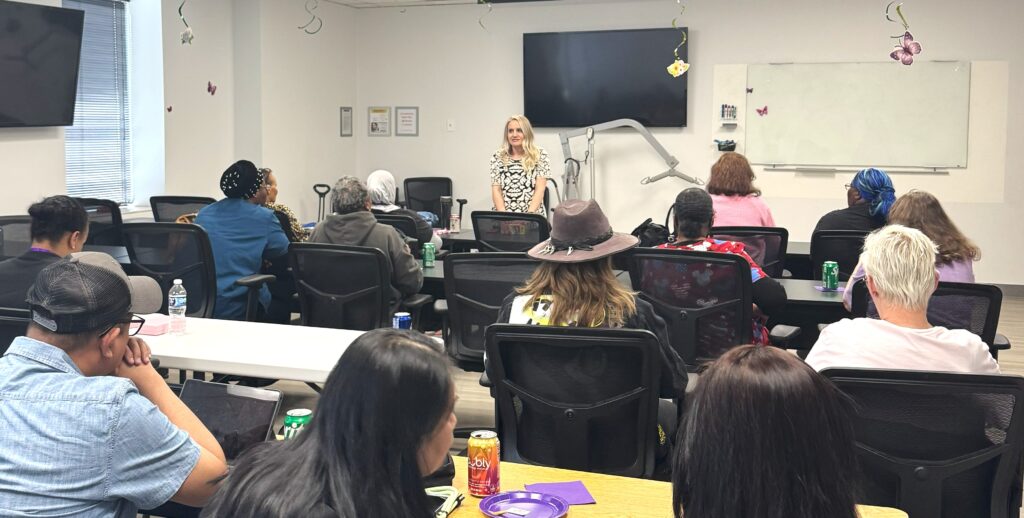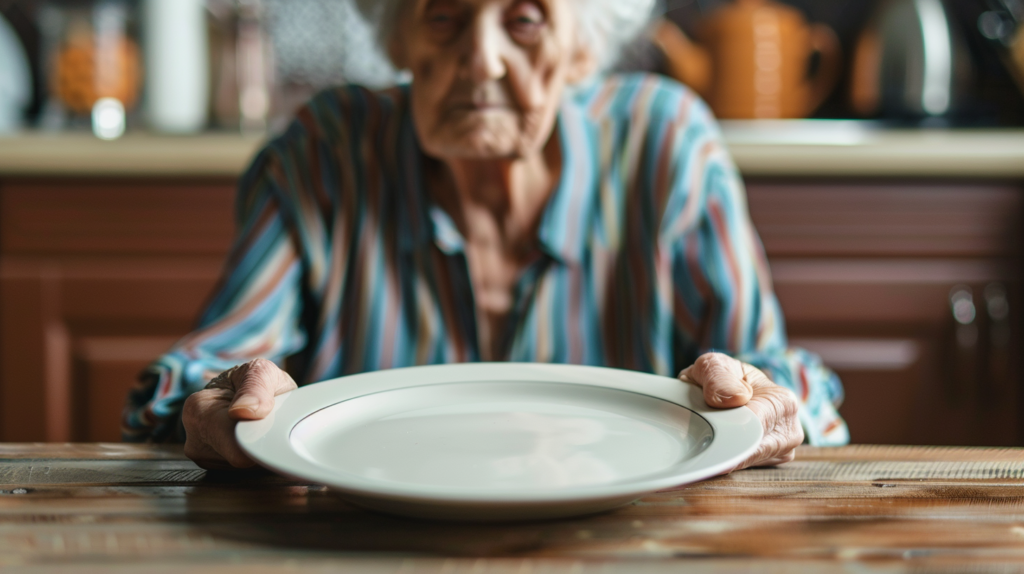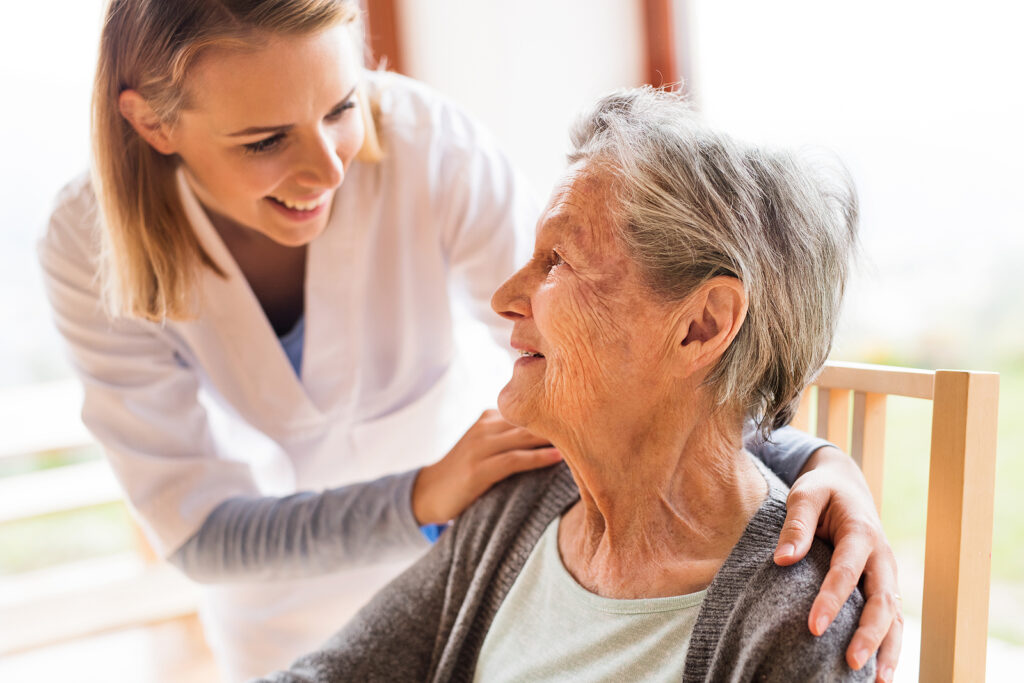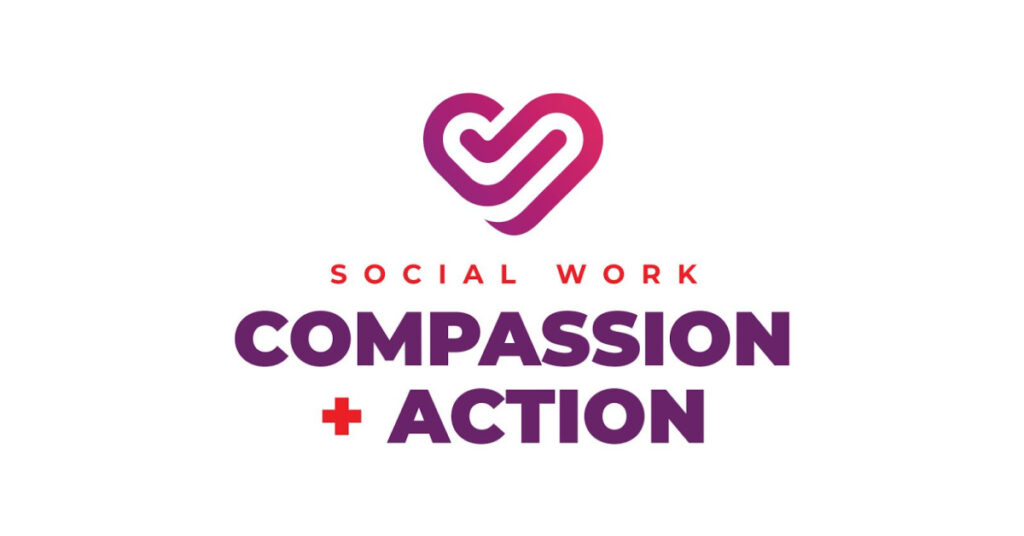Fall
Thinking of the fall harvest dinner gets me thinking about the study Brown University published online last week focused on Health Services Research. “Can providing free meals to seniors in failing health prevent some of them from winding up in nursing homes?” was their question. The researchers found that with all things being equal, the amount of money a state spends on subsidized meals correlates with a reduction in the percentage of relatively healthy seniors in nursing homes.
Now I’m at my desk and I’ve just read a report on transitional care for hospitals and discharge requirements. And the word fall comes to mind again. This time I associate it with the statistics of injuries due to falling that occur with older adults. I’ll mention just a few noted in a report titled Falls Among Older Adults: An Overview posted September of 2013 by the Centers for Disease Control and Prevention, National Center for Injury Prevention and Control, Division of Unintentional Injury Prevention:
- One out of three older adults (those aged 65 or older) falls each year.
- Among older adults, falls are the leading cause of both fatal and nonfatal injuries.
- In 2010, the direct medical costs of falls, adjusted for inflation, was $30 billion.
- Twenty to thirty percent of people who fall suffer moderate to severe injuries such as lacerations, hip fractures, or head traumas. These injuries can make it hard to get around or live independently, and increase the risk of early death.
- Falls are the most common cause of traumatic brain injuries (TBI).
- Most fractures among older adults are caused by falls. The most common are fractures of the spine, hip, forearm, leg, ankle, pelvis, upper arm, and hand.
- Many people who fall, even if they are not injured, develop a fear of falling. This fear may cause them to limit their activities, which leads to reduced mobility and loss of physical fitness, and in turn increases their actual risk of falling.
Obviously who we are and what we do has an influence on words and what we think about. At Touching Hearts at Home it’s our business to think about how best to serve the people we provide in-home care service. The associations I mentioned above about the word fall translate into why we know the meals provided by our caregivers extend the length of time people are able to age in place. It’s assuring to know we are making a difference in safety at home by knowing what to look for to help prevent a potential fall. It’s wonderful to know that in the coldest months (at least at the Touching Hearts at Home locations that experience cold winters), we provide safe transportation to allow for more trips to the shops, appointments, and friends and relatives that maintain quality of life and the vital role of companionship.
Ramona K Hunt, M.S.
Director of Leadership and Development
Touching Hearts, Inc.
You may also like:
How Companion Care at Home Brings Comfort During National Osteoporosis Awareness Month
Companion Care at Home in Centennial CO: Companion care at home helps seniors with osteoporosis stay active and safe.
Elevating Care: The Impact of Ongoing Training at Touching Hearts at Home
At Touching Hearts at Home, we understand that caregiving is both an art and a science, requiring continuous learning and…
6 Signs Your Senior May Need Home Care Assistance
Home Care Assistance in Castle Pines CO: Here are six signs that your senior loved one may be struggling to…
Overcoming Mobility Challenges with Parkinson’s Disease
In-Home Parkinson's Care in Centennial CO: In-home Parkinson's care helps seniors manage mobility challenges and maintain independence.
Preparing for the Future with Advanced Directives
Planning for the future can bring peace of mind to seniors and their families. One way to ensure that personal…
What is the Difference Between Home Care and Home Health Care?
When seeking in-home support for a loved one, it’s crucial to understand the distinction between home care and home health…
Honoring Social Workers in Denver
March is Social Work Month! This year’s theme, “Social Work: Compassion + Action,” highlights the incredible impact social workers have…
Save Your Vision Month: Recognizing the Signs of Vision Loss in Seniors
Vision changes are a natural part of aging, but some seniors experience more serious vision reduction or even complete vision…


